
Premium WPC Outdoor Solutions - Durable Decking & Wall Cladding for Modern Spaces
- Introduction to wpc outdoor
and its growing demand - Innovative technology behind outdoor WPC decking and wall cladding
- Performance and technical advantage analysis
- Market-leading manufacturers comparison
- Personalized outdoor WPC solutions and customisation
- Real-world application case studies
- Future trends of wpc outdoor products and summary
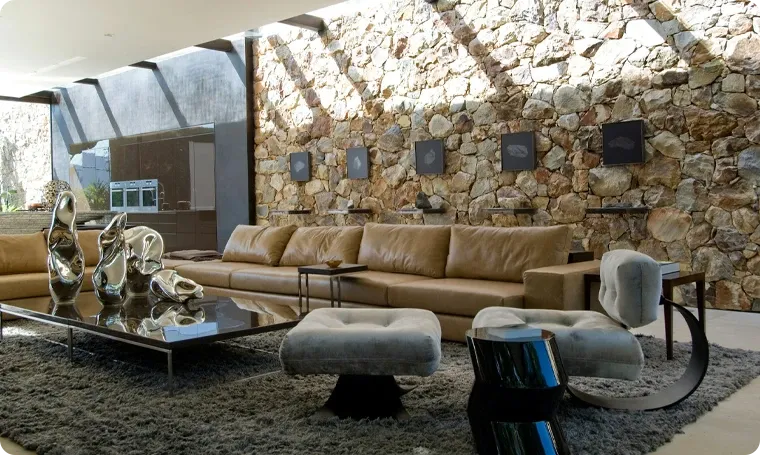
(wpc outdoor)
Unveiling the Versatility of wpc outdoor for Modern Landscape Design
As outdoor spaces become central to both residential and commercial design, innovations in cladding and decking materials have led to the remarkable rise of wpc outdoor (Wood Plastic Composite) products. Recent reports indicate that the global WPC market size surpassed $5.9 billion in 2022, projected to expand at a CAGR of 11.5% through 2028. This intense growth is driven by urbanization, increased focus on sustainable architecture, and evolving consumer preferences for low-maintenance, aesthetic, and durable outdoor solutions. With its resilience against harsh weather, natural appearance, and ease of installation, WPC is dramatically altering how designers and homeowners view outdoor construction. The modern push towards eco-friendliness and lifespan value has cemented WPC’s place at the forefront of outdoor innovation.
Revolutionary Technology Powering Outdoor WPC Decking and Wall Cladding
The essence of outdoor WPC decking and wall cladding lies in advanced material engineering. By combining hardwood fibers (typically recycled) and high-density polyethylene (HDPE) with chemical additives, WPC products achieve a balance rarely possible with conventional wood or plastic. The advent of co-extrusion technology, for instance, creates a shielded surface layer, enhancing resistance to abrasion, fading, and staining. Modern WPCs are manufactured to mimic natural wood grains, unlocking both visual appeal and tactile authenticity. With UV stabilizers and anti-oxidation agents, the colour fidelity and material integrity persist even after years of sun exposure and rain. These technologies collectively deliver materials that outperform natural timber, requiring minimal care, resisting termites and rot, and supporting greener building practices by diverting waste from landfills.
Performance, Durability, and Technical Advantages
The technical superiority of WPC products translates into everyday benefits for property owners and developers. Let’s break down the performance metrics of wpc wall cladding outdoor and decking applications:
| Feature | WPC Outdoor Decking/Cladding | Traditional Timber | PVC Synthetic Decking |
|---|---|---|---|
| Water Absorption | <1.2% | 8-12% | <0.5% |
| Expected Lifespan | 25+ years | 8-15 years | 20-25 years |
| Slip Resistance (Wet) | High (R11-R12) | Moderate | High |
| UV Resistance | Excellent | Poor to moderate | Excellent |
| Annual Maintenance | Low (wash only) | High (sand/stain/varnish) | Low |
| Eco-friendliness | High (recycled content) | Medium | Low |
| Design Flexibility | Wide range of textures & colours | Limited | Artificial-looking |
This data-driven overview establishes WPC as a leader in long-term value and environmental stewardship. WPC consistently surpasses wood in weatherability and minimises the maintenance burden that’s typical with outdoor installations.
Comparing Leading Manufacturers in Outdoor WPC Solutions
The competitive landscape for WPC outdoor products is rapidly evolving. Top manufacturers differentiate with patented technology, warranty lengths, and global certifications. Here’s a comparative analysis:
| Manufacturer | Annual Output (tons) | Core Technology / Features | Warranty | Sustainability Certifications |
|---|---|---|---|---|
| Trex Company | 164,000 | Co-extruded shell, ultra-low fade & stain | 25-50 years | GreenCircle, ISO 14001 |
| Fiberon | 120,000 | PermaTech cap, high UV resistance | 25 years | FSC, ISO 9001 |
| NewTechWood | 80,000 | Ultrashield technology for colour stability | 25 years | CertiPUR, GRS |
| Techwoodn | 55,000 | Dual embossing, reversible planks | 15-25 years | PEFC, RoHS |
Clients should evaluate manufacturer credentials, not just pricing. Premium vendors offer advanced capping layers, proprietary grain embossing, and certifications that prove their commitment to recycled content and environmental responsibility.
Customized Solutions: The Evolution of Outdoor WPC Decking and Cladding
As design trends shift towards personalization, the ability to tailor outdoor WPC installations to specific needs is a top priority for architects and end users. Modern outdoor wpc decking collections provide a spectrum of plank widths, profiles (solid, hollow, reversible), and fixture options including hidden fastening systems. Manufacturers enable custom length orders, pre-drilled installation, and modular wall cladding panels that support rapid on-site setup—reducing installation labour by up to 30%. Colour customization has advanced beyond basic browns and greys to hyper-realistic wood tones, stone effects, and even bold designer palettes for corporate or hospitality branding. Integration capabilities now extend to LED lighting, drainage solutions, and cable management. This adaptive product ecosystem empowers the creation of outdoor living, pool areas, facades, and commercial plazas that feel meticulously crafted but built with scalable, sustainable systems.
Proven Application Success: Case Studies in Outdoor Projects
From urban skyscrapers to private villas, WPC outdoor products have transformed a myriad of environments worldwide. Key examples:
- Luxury Hotel Rooftop, Singapore: Implemented 1,500 sqm of anti-slip WPC decking on poolside terraces. Performance data showed surface temps 15% cooler than traditional timber, zero splintering, and no visible fading after 3 years in direct equatorial sun.
- Community Park Facade, Germany: Used vertical wpc wall cladding outdoor panels to wrap recreation buildings, reducing annual maintenance costs by 70% and boosting public space safety with flame-retardant, non-toxic finishes.
- Coastal Boardwalk Redevelopment, Australia: Deployed marine-grade hollow WPC decking spanning 2.4 km, meeting stringent slip resistance and load-bearing regulations. Eight years post-install, client surveys highlight satisfaction regarding durability, minimal repair, and aesthetic consistency amidst heavy public use.
Forecasting Innovation: The Future of wpc outdoor Applications
The future of wpc outdoor innovation is shaped by technology, consumer demands, and stricter building codes. Anticipated advancements include biopolymer enhancements that further improve biodegradability, nanocoatings for self-cleaning surfaces, and dynamic texture printing for even more convincing visual effects. Growing interest in net-zero buildings means WPC producers are combining carbon-neutral operations with products featuring up to 95% recycled input. Interactive features are on the horizon—smart composite panels capable of monitoring ambient temperature and vibration, contributing to safety and facility management. As global outdoor living markets evolve, WPC is set to underpin new standards in eco-responsibility, design flexibility, and lifecycle economies. In summary, with its track record and forward momentum, WPC technology remains positioned as the solution of choice for next-generation outdoor decking and cladding.
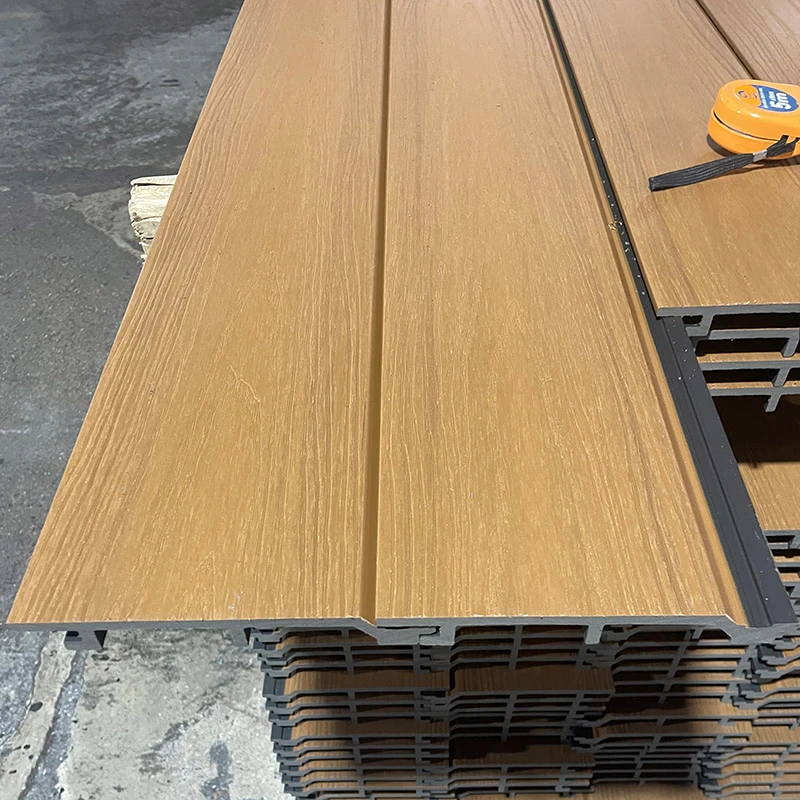
(wpc outdoor)
FAQS on wpc outdoor
Q: What is WPC outdoor material?
A: WPC outdoor refers to Wood Plastic Composite products designed for external use, such as decking and wall cladding. It combines wood fibers and plastic for enhanced durability against weather. WPC is popular for its low maintenance and eco-friendly characteristics.Q: Why choose WPC wall cladding outdoor over traditional materials?
A: WPC wall cladding outdoor offers better resistance to moisture, UV rays, and pests compared to wood. It's easy to install and requires minimal upkeep. Its modern appearance also boosts outdoor aesthetics.Q: What advantages does outdoor WPC decking provide?
A: Outdoor WPC decking is slip-resistant, weatherproof, and long-lasting. It doesn’t splinter or fade easily, making it safe and attractive for patios and gardens. Plus, it’s simple to clean with just soap and water.Q: How does WPC decking outdoor differ from standard wood decking?
A: WPC decking outdoor is more resistant to rot, mold, and insects than regular wood decking. It lasts longer without intensive maintenance like sealing or staining. WPC also retains its color and shape better over time.Q: Is installing WPC outdoor products environmentally friendly?
A: Yes, WPC outdoor products use recycled wood and plastic, reducing waste and preserving trees. They last longer, further lessening the environmental impact. Choosing WPC helps promote sustainable building practices.-
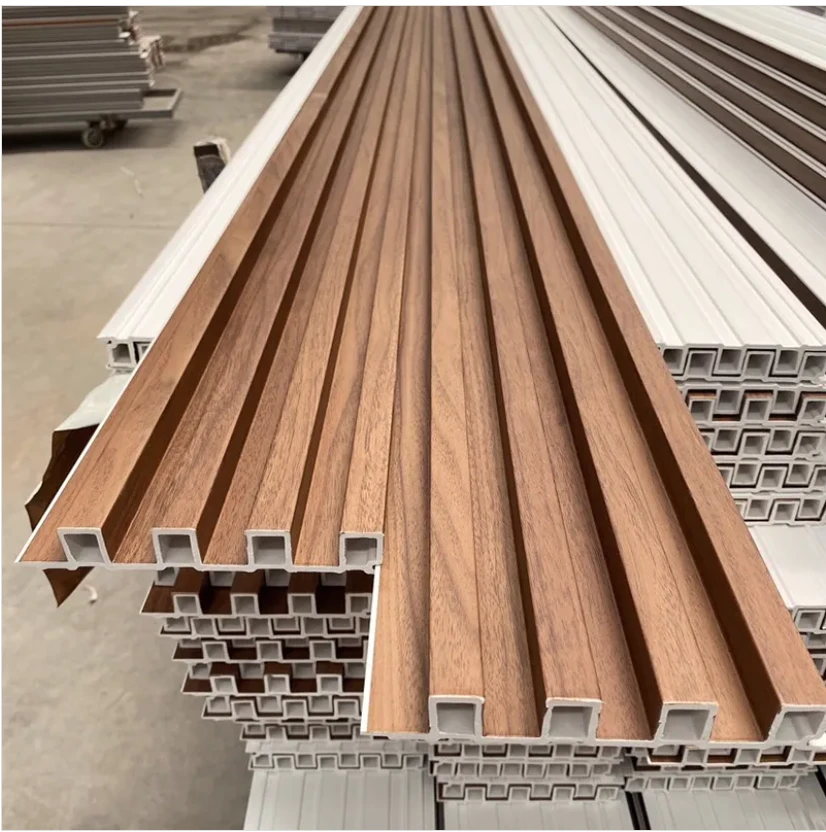 WPC Wall Panel Outdoor Weather ResistanceModern exterior design solutions increasingly utilize WPC exterior wall cladding for its exceptional durability and aesthetic appeal.Read More >
WPC Wall Panel Outdoor Weather ResistanceModern exterior design solutions increasingly utilize WPC exterior wall cladding for its exceptional durability and aesthetic appeal.Read More >Aug 05 2025
-
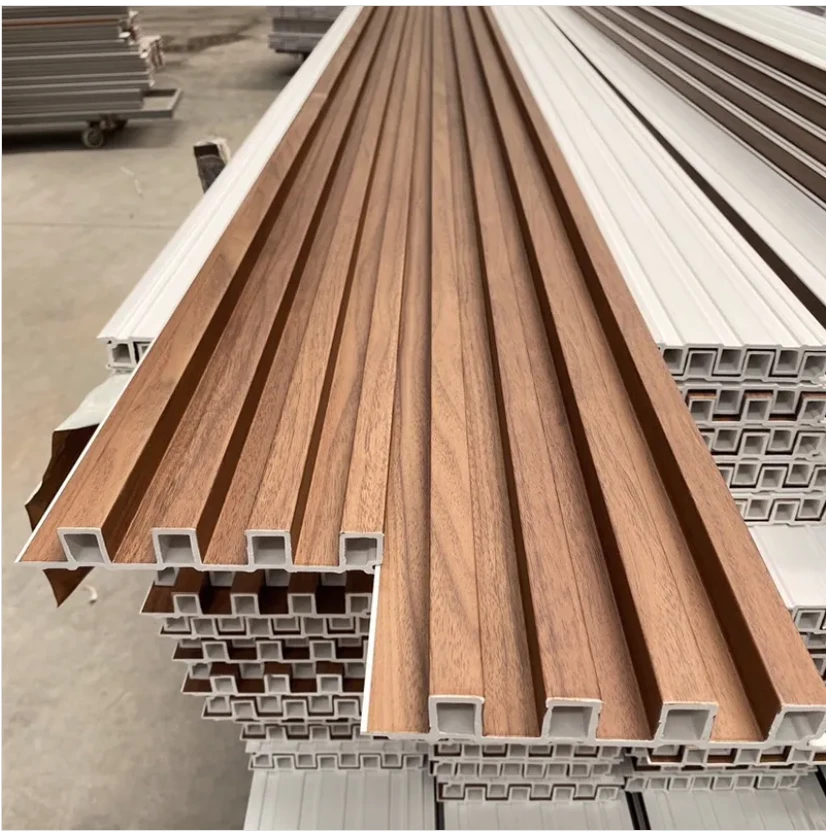 WPC Wall Panel for Wine CellarsThe ideal wine cellar requires specialized wall solutions that perfectly balance functionality and aesthetics.Read More >
WPC Wall Panel for Wine CellarsThe ideal wine cellar requires specialized wall solutions that perfectly balance functionality and aesthetics.Read More >Aug 05 2025
-
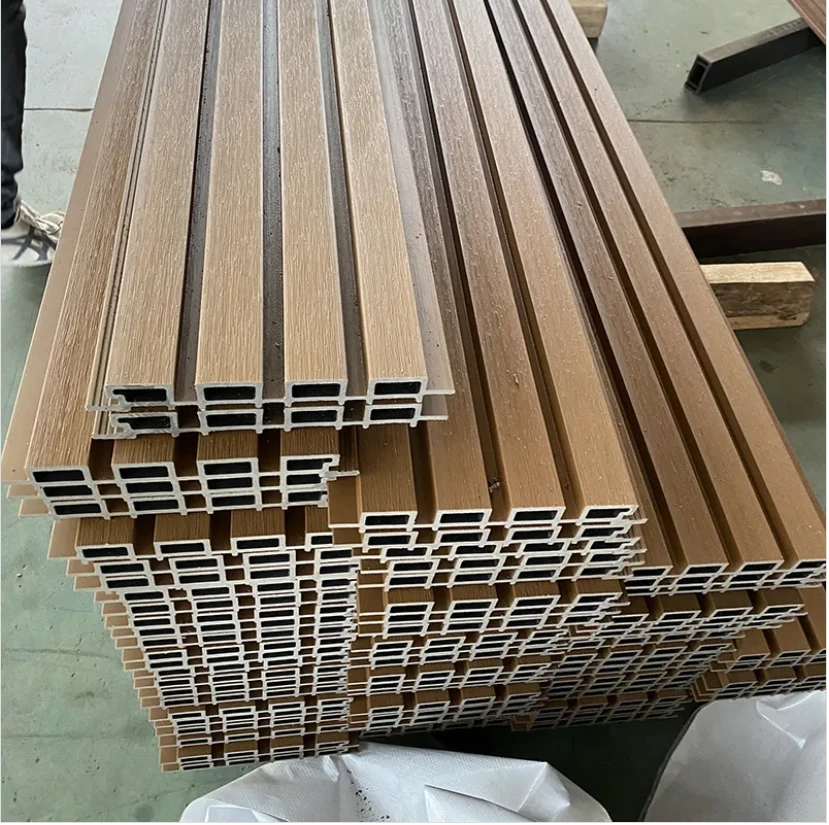 WPC Wall Panel Expansion GapsProfessional installation of WPC wall cladding requires meticulous attention to expansion gap requirements to ensure long-term durability and aesthetic performance.Read More >
WPC Wall Panel Expansion GapsProfessional installation of WPC wall cladding requires meticulous attention to expansion gap requirements to ensure long-term durability and aesthetic performance.Read More >Aug 05 2025
-
 SPC Flooring Stone Look Outdoor UseOutdoor living spaces now benefit from durable and stylish SPC floor tiles that combine the beauty of natural stone with exceptional performance.Read More >
SPC Flooring Stone Look Outdoor UseOutdoor living spaces now benefit from durable and stylish SPC floor tiles that combine the beauty of natural stone with exceptional performance.Read More >Aug 05 2025
-
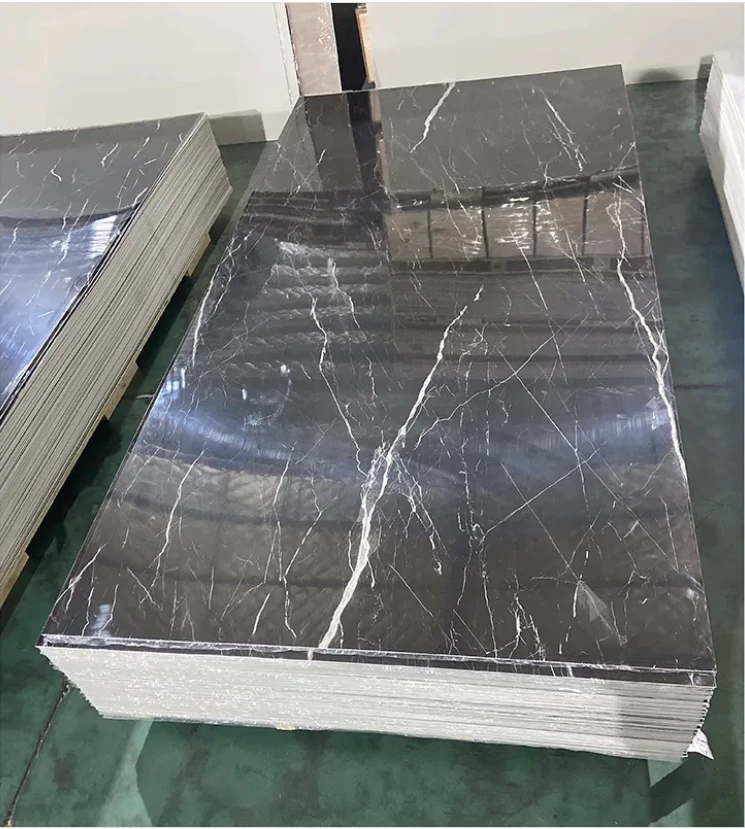 Marble Effect PVC Panels Color OptionsModern interior design increasingly utilizes marble effect PVC panels for their luxurious appearance and practical benefits.Read More >
Marble Effect PVC Panels Color OptionsModern interior design increasingly utilizes marble effect PVC panels for their luxurious appearance and practical benefits.Read More >Aug 05 2025




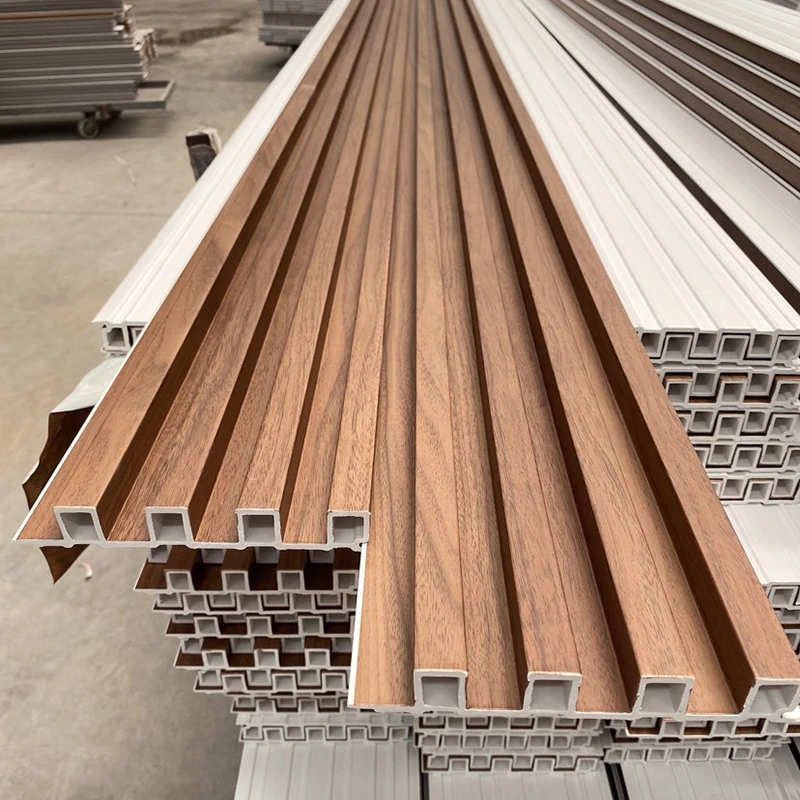
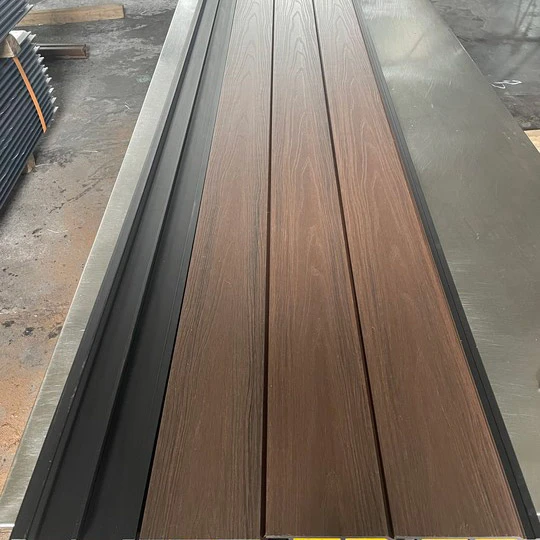

 +86 31185293045
+86 31185293045  qian@ss711.com
qian@ss711.com 















